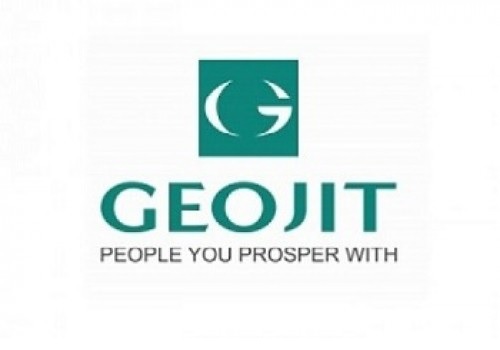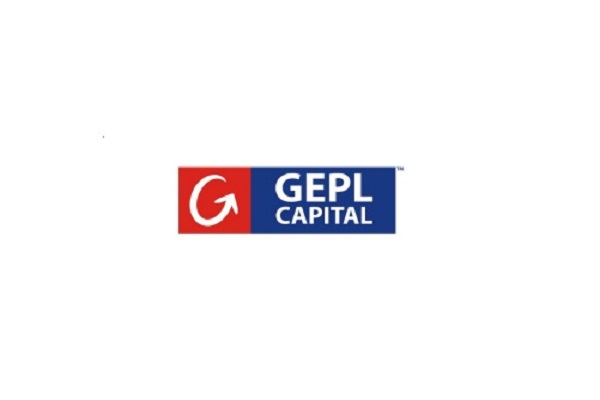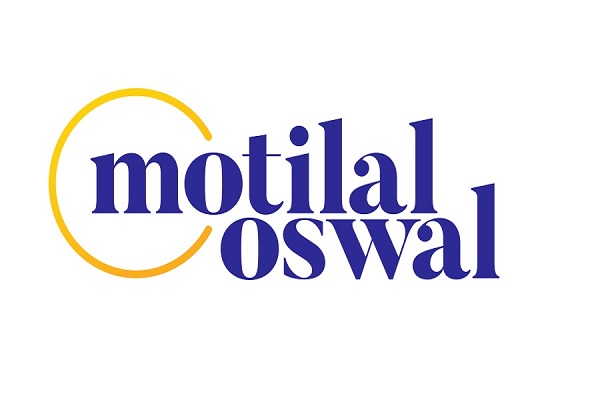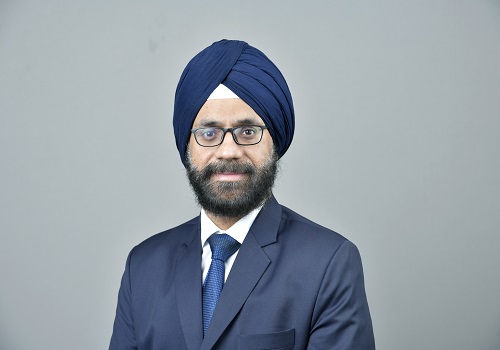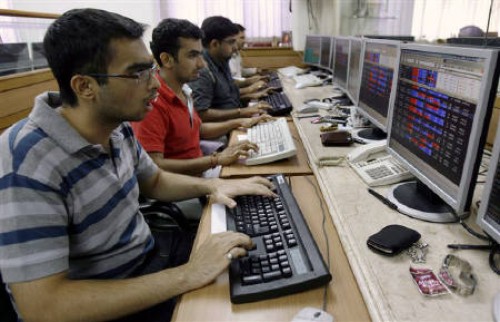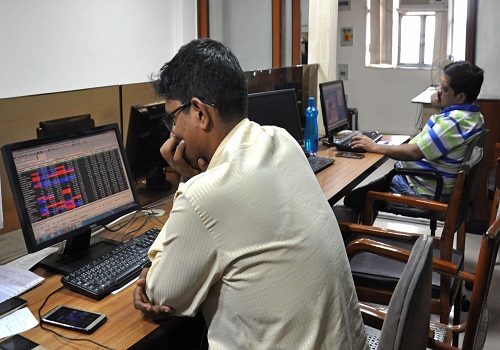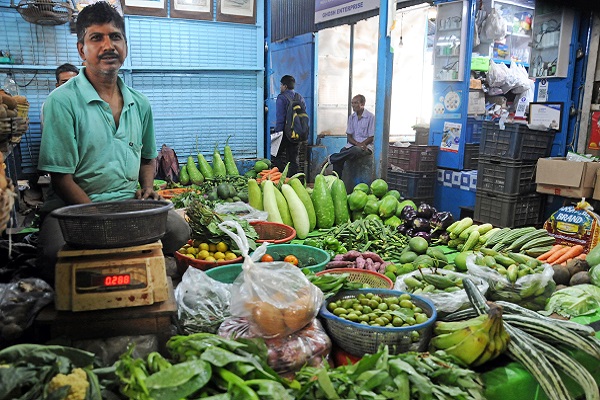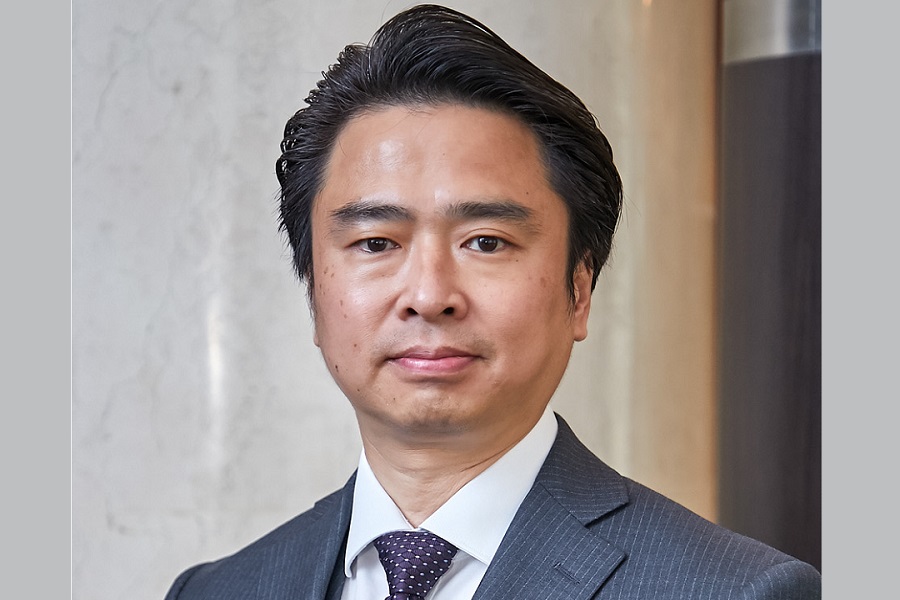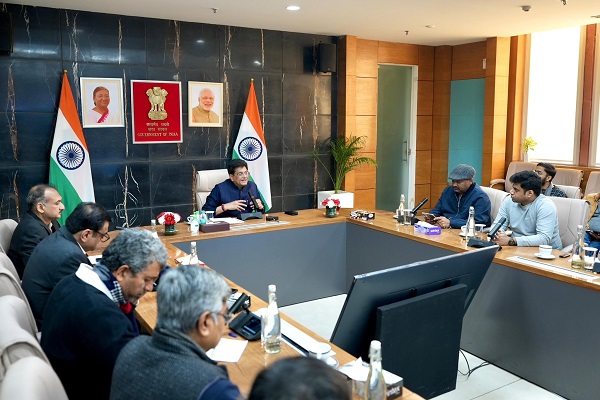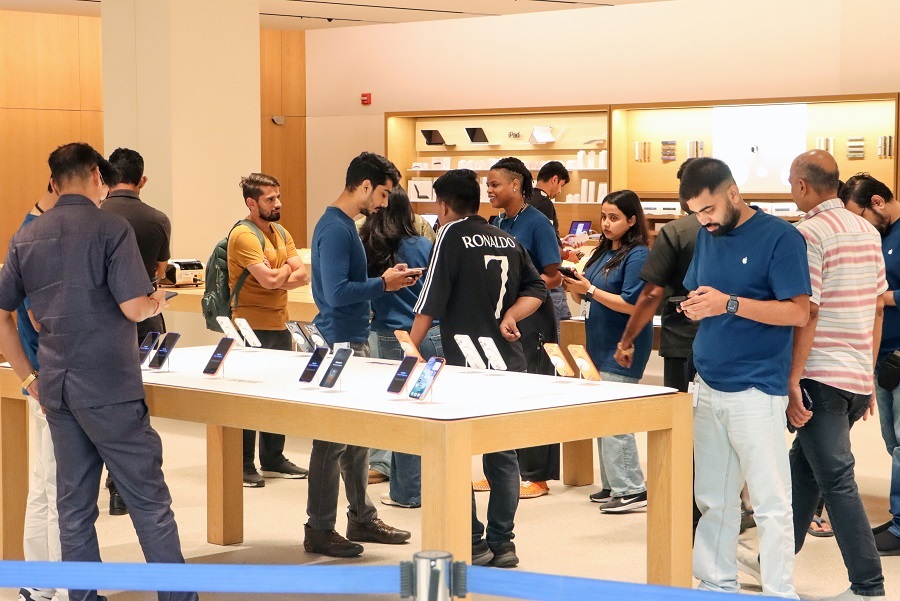Domestic consumption on the cusp, normal monsoons can provide a big boost: PL Capital

PL Capital - Prabhudas Lilladher, one of the most trusted financial services organizations in India, in its latest India Strategy Report – Recovery in sight, challenges remain stated that the domestic consumption is on the cusp of recovery, and a normal monsoon year can provide a big boost to consumption. The research house expects the markets to remain volatile in the near term but stabilize towards the end of Q4CY25. The biggest concern of the market – the FPI flows may turn positive on the back of higher Capex, tax cuts & consumer demand revival. Lastly, the Nifty’s 12-month target is seen at 25,689.
Consumption revival
PL Capital expects a gradual recovery in domestic demand as,
1. Food inflation has peaked (declined from 10.9% in October 2024 to 6% currently.
2. A 25bps cut in repo rate by RBI and OMO will ease liquidity in the next 3-6 months.
3. Rs 1 lakh crore income tax cut for the consuming class in India.
4. An increase in religious tourism
5. 17% higher government capex allocation (including PSU and allocation to states).
In its model portfolio, PL Capital is turning overweight on Consumers due to an expected uptick in demand following tax cuts, a decline in food inflation, and a cut in repo rate, and has increased weight in Banks and Healthcare. Adds Cipla and Astral Poly in the Model portfolio and increases the weight on Maruti Suzuki, ICICI Bank, Kotak Mahindra Bank, ABB, Bharat Electronics, Interglobe Aviation, ITC and Bharti Airtel. PL Capital is reducing weights in L&T, Titan, HUL, RIL, HCL Tech, and HDFC AMC and small adjustments in others.
Market trajectory
PL Capital expects the markets to remain volatile in the near term but stabilize towards the end of 4Q25. The impact of various government initiatives and monsoons (normal monsoons as per APEC Climate Center South Korea) will likely start reflecting in improved consumer demand in 2Q26.
NIFTY EEPS has seen a cut of 0.8/2.0/2.6% for FY25/26/27 with 13.1% CAGR over FY24-27 (14.1% earlier) and EPS of Rs1147/1305/1473. The EPS estimates are lower than consensus by 2/2.4/3.2% for FY25/26/27. NIFTY is currently trading at 17.5x 1-year forward EPS, which is at a discount of 7.4% to a 15-year average of 18.9x.
Base Case: PL Capital values NIFTY at a 5% discount to the 15-year average (18.9x) PE at 18 with Dec 26 EPS of 1,431 and arrived at a 12-month target of 25,689 (27,172 earlier).
Bull Case: PL Capital values NIFTY at a PE of 18.9x and arrives at a bull case target of 27,041 (29,263 earlier).
Bear Case: Nifty can trade at a 10% discount to LPA with a target of 24,337 (25,082 earlier).
FPI outflows
FIIs are selling due to global uncertainty, and a weak INR. FIIs have pulled $20.2B from Indian equities and bonds since October 2024, marking one of the steepest outflows in recent history. India has seen an outflow of $8.2 bn, which is a lion's share of total FII outflows from emerging markets. The lack of strong domestic buffers, persistent global uncertainty, tepid domestic demand, and sustained FDI outflows pose a near-term risk to volatility in currency and FPI flows in India.
PL Capital has calculated the hurdle rate for FII investments in India and estimates that the cutoff rate has risen to 10.5% assuming 4% INR depreciation, capital gains tax, and 4.5% 10-year US treasury rate in India. Historical data suggests that FII outflows peak within 4-9 months, and have seen one of the sharpest sell-offs in recent times. Although uncertainty with regard to global markets is sustained, PL Capital believes the growth outlook in India looks far better in FY26 than in FY25. As the impact of the budget starts getting reflected in higher Capex on a low base and tax cuts and monsoons revive consumer demand, we should see FPI flows turning positive. However, FDI outflows remain a lingering problem that can pressurize INR and add to volatility.

High Conviction Picks: PL Capital has removed Ambuja Cement, Siemens, Lemon Tree, Praj, Jindal Stainless, Cyient, and Cyient DLM from conviction picks, although they remain positive on Siemens, Lemon Tree, and Praj in long-term. PL Capital has added ABB, Astral Poly, Chalet Hotels, Cipla, Ingersoll Rand, Keynes Tech, and Maruti Suzuki in Conviction picks.
rump-Tariffs-Tantrums
India is unlikely to experience any meaningful negative effects from US policies, as soft crude oil prices, geopolitical stability (If the Russia-Ukraine war stops), and increased technology transfer to India will neutralize the costs of Trump’s tariffs. The reciprocal tariffs announced by the Trump 2.0 administration, incorporating non-tariff barriers (NTBs), VAT structures, and exchange rate deviations, make the process more complex and its economic cost harder to quantify as of now. With India's weighted average MFN tariff at 12%—the highest among G-20 nations—it is a prime candidate for scrutiny. Even if US tariffs on India rise to 15-20% by April 2025, India’s key export sectors—pharmaceuticals, electronics, jewelry, and textiles—operate within low tariff differentials, which reduces exposure to tariff escalation. India’s exports are mitigated by a highly diversified export base by new trade routes through Europe and the Middle East (IMEC).
While tariff negotiations will remain a short-term market overhang, the structural foundation of India-US trade remains intact. Technology, defense, and nuclear energy have high growth potential. India’s ability to navigate tariff negotiations, leverage its geopolitical positioning, and realign supply chains ensures that this phase is a momentary recalibration, not a retreat.
Above views are of the author and not of the website kindly read disclaimer
